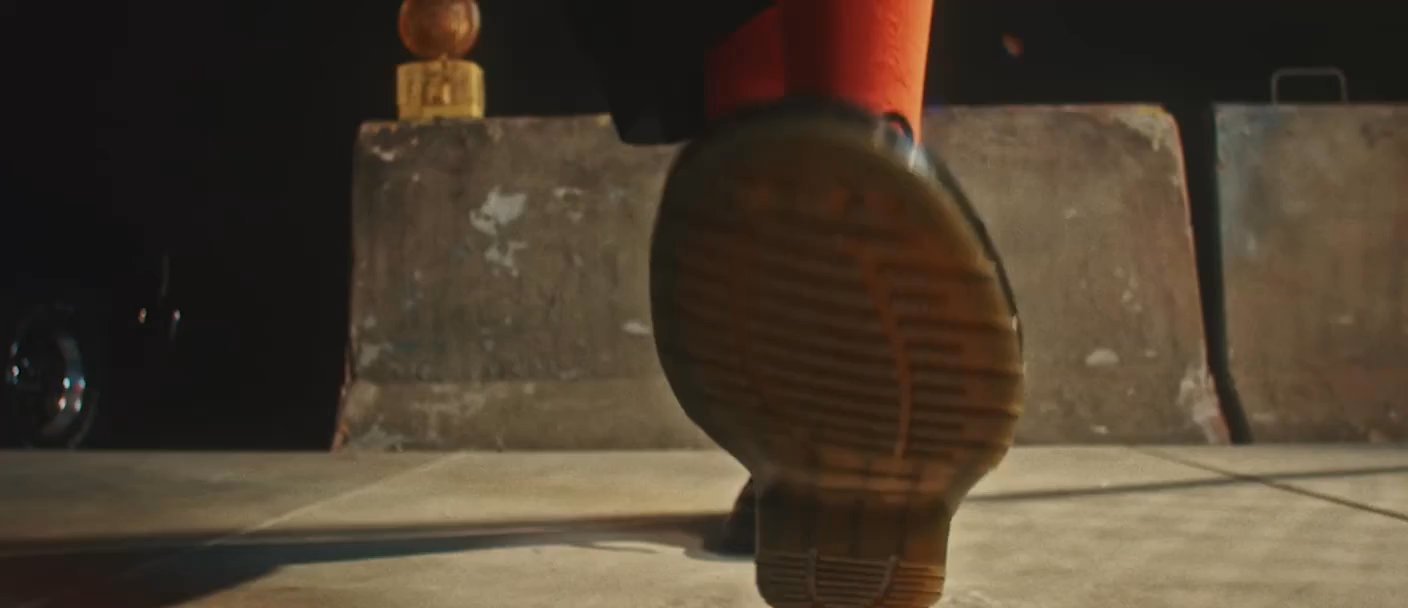Uncovering Hidden Spaces With Architect Bianca Felicori
For Italian architect Bianca Felicori, the spaces we inhabit are more than just physical structures – they reflect how we live, work, and connect. As the mind behind DOPO? and Forgotten Architecture, she’s reimagining overlooked corners of the design world and inviting us to see beauty beyond aesthetics: “For me, there is no such thing as beauty or ugliness [...] By providing the right information, it’s possible to create an opinion around particular projects that is not necessarily driven by an aesthetic judgment, but rather by the value of the story being told about those places”. This blend of academic curiosity and a love for forgotten spaces is what drives her work today.
In her latest project, DOPO?, Bianca reimagines the Italian post-war concept of “Dopolavoro”—spaces where workers would gather during their downtime. In the modern world, this line between work and leisure is increasingly blurred. Here, she envisions a place where work and leisure coexist. It’s a critique but also a playful response to the way we navigate urban life.
Bianca’s work defies convention and boundaries, which resonates with the core of Dr. Martens’ boots. From her first pair of Doc's bought in Bologna that were far too big, to her ongoing quest of bringing hidden architectures to the forefront, Bianca and Dr. Martens definitely have a few things in common. Starting from the spirit of joyful rebellion–where enthusiasm for the unconventional is approached with uttermost sincerity and passion. Bianca’s story fits right in the box, and to celebrate the release of the brand’s 1460 ‘Like No Other’ campaign, we caught up with Bianca on her architectural endeavours.
How do you think spaces impact the way we connect and create?
For me, it’s critical to create a stimulating space that gives a sense of peace and comfort in every facet of living–from the nested reality of home to the electric buzz of the streets. Every space we inhabit impacts our reality differently: the city allows us to build networks and connections, which are physical as much as mental; home is the place where we find shelter and feel safe.
As an architect, you’ve explored the depths of forgotten architecture. What drew you to these underappreciated spaces and stories?
The curiosity to go beyond the limits imposed by academics, together with the desire to write a different architectural history than the one advocated in school books. I believe that rediscovering less-known architecture and architects has a somewhat humanistic essence rather than a purely theoretical one. It’s adding a touch of “social” to the rigor of academics.
There’s a certain beauty in overlooked places. How has your work reframed the way people see architecture and cultural spaces?
For me, there is no such thing as beauty or ugliness; perhaps that’s exactly the message I want to convey with Forgotten Architecture. By providing the right information, it’s possible to create an opinion that is not necessarily driven by an aesthetic judgment but rather by the value of the narrated story about those places.
What inspired you to revisit the concept of ‘Dopolavoro’ in a post-COVID world, and how do you see it reflecting modern work-life culture?
In Italy, “Dopolavoro” refers to public institutions and private clubs organizing recreational and cultural activities for workers during their free time. It was born with the first forms of associationism in the early twentieth century and had its heyday after World War II. That model is impossible to rethink today–as we are living in a historical moment where the lines between work and leisure are very blurred. We started from this model to reflect on the precarious state of our lives. Since we are all freelancers we felt the desire to create a space where we could recognize ourselves in a collective dimension while working as individuals or in small groups of people.
Your journey began on a Facebook page and grew into something far bigger. What’s the most unexpected lesson you’ve learned along the way?
I understood that today, a new history of architecture can be built starting from the "bottom", or better, from the collective voice of a simple group of enthusiasts. It doesn’t necessarily have to be a critic or a historian to define what is or isn’t a masterpiece. This made me aware of the actual possibility of revolutionizing a system that for hundreds of years has appeared untouchable.
What are some fond memories you have of the brand growing up?
I bought my first pair of Dr. Martens at a market in Bologna, where I was born. I couldn't afford new ones, so I bought a used pair. It must have been two sizes bigger than mine, but they were the only ones available, so I had to get them. It still makes me smile to think about that teenager version of myself.
Discover more about the campaign on our hub here.
